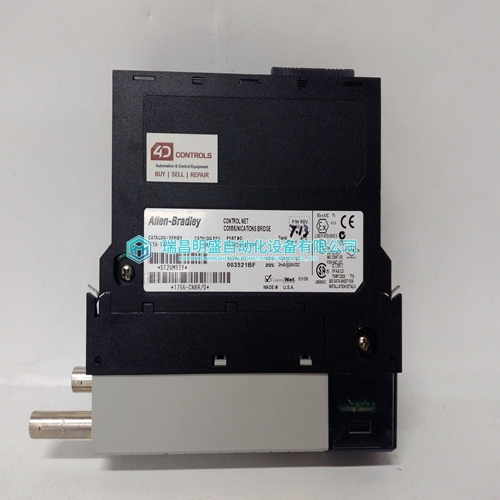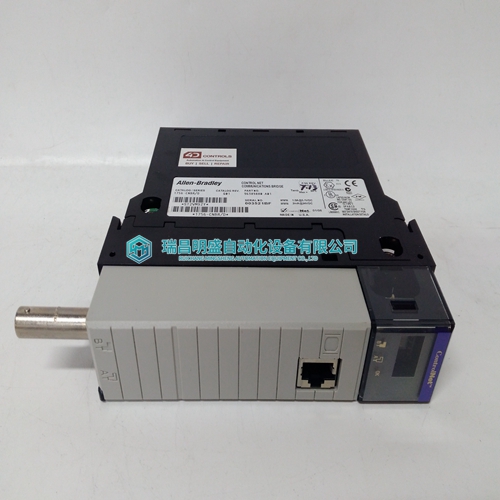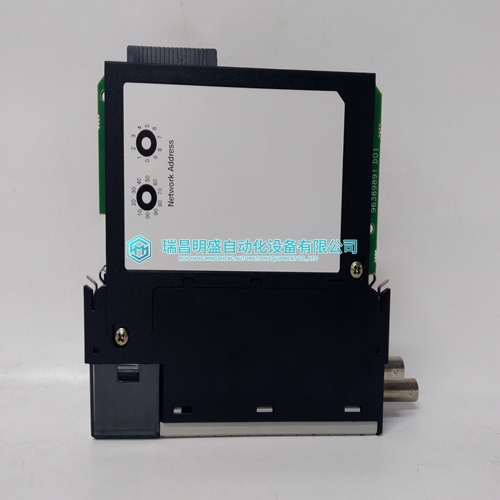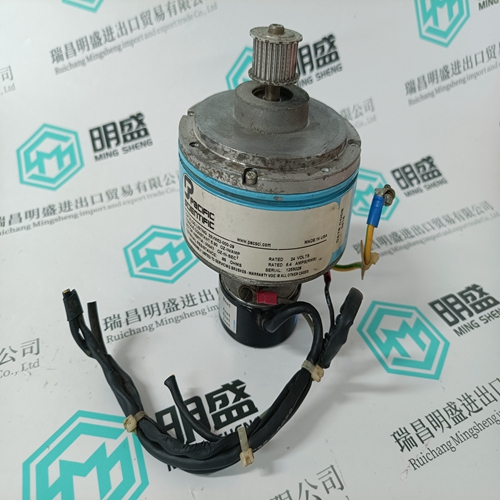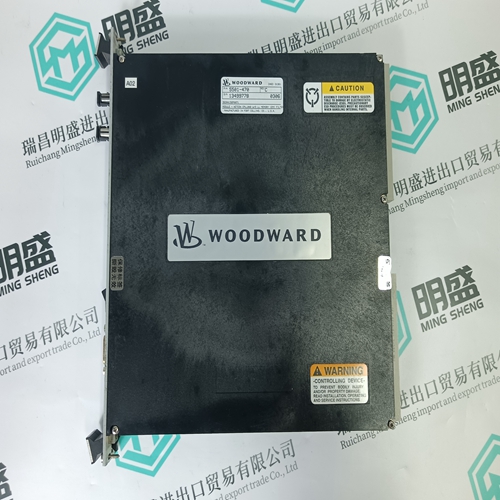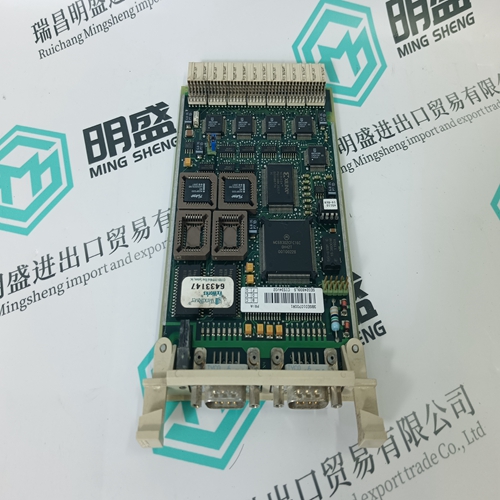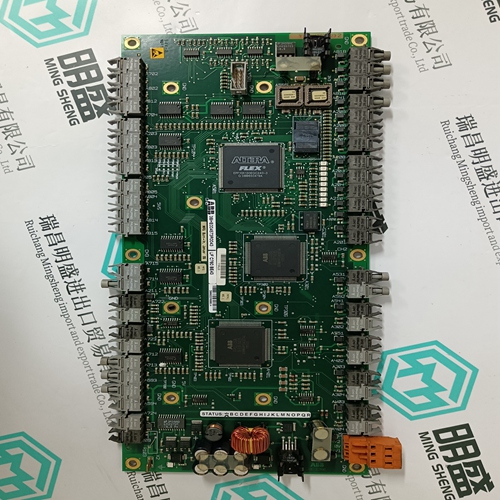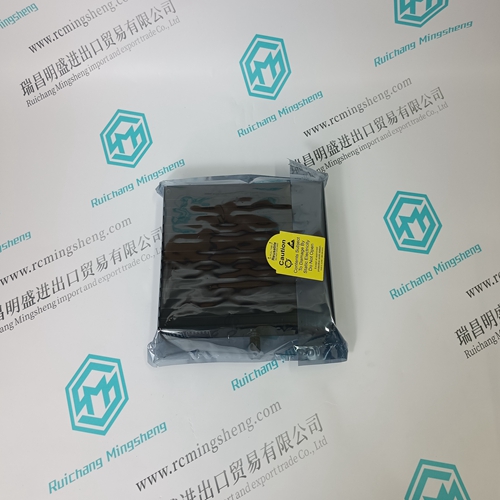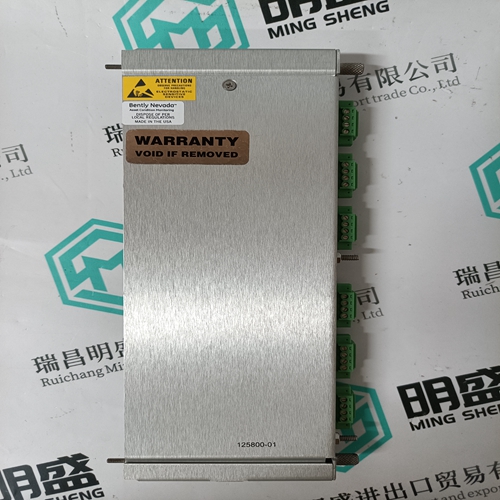Home > Product > PLC programmable module > 1756-CNBR Interface module
1756-CNBR Interface module
- Product ID: 1756-CNBR
- Brand: A-B
- Place of origin: the United States
- Goods status: new/used
- Delivery date: stock
- The quality assurance period: 365 days
- Phone/WhatsApp/WeChat:+86 15270269218
- Email:stodcdcs@gmail.com
- Tags:1756-CNBRInterface module
- Get the latest price:Click to consult
The main products
Spare parts spare parts, the DCS control system of PLC system and the robot system spare parts,Brand advantage: Allen Bradley, BentlyNevada, ABB, Emerson Ovation, Honeywell DCS, Rockwell ICS Triplex, FOXBORO, Schneider PLC, GE Fanuc, Motorola, HIMA, TRICONEX, Prosoft etc. Various kinds of imported industrial parts
Products are widely used in metallurgy, petroleum, glass, aluminum manufacturing, petrochemical industry, coal mine, papermaking, printing, textile printing and dyeing, machinery, electronics, automobile manufacturing, tobacco, plastics machinery, electric power, water conservancy, water treatment/environmental protection, municipal engineering, boiler heating, energy, power transmission and distribution and so on.
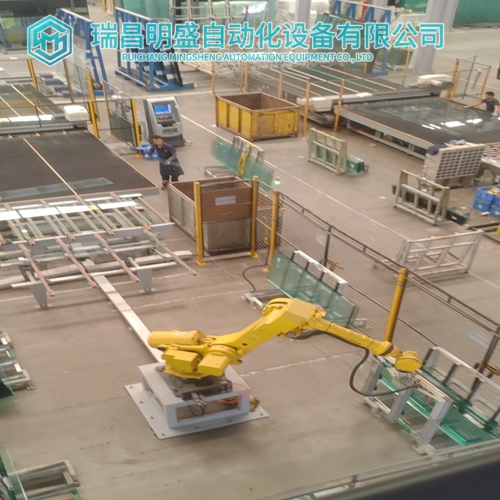
1756-CNBR Interface module
Only one of the five constant reference sources can be selected at a time by means of inputs [ACT1] (1901), [ACT2] (1902), [ACT3] (1903) or [ACT4] (1904). The Logic diagram is shown above. If ACT1...ACT4 inputs are all in zero state, the reference value is set to parameter DEF (1905). Otherwise the reference value is one of REF1...REF4. For example, if constant reference REF3 (1908) is used, input [ACT3] (1903) has to be set to logical state 1 and inputs [ACT1] and [ACT2] must be set to zero by the application. Normally, if input pin is not connected at all, its state is zero. Block output OUT (11901) value is set equal to parameter REF3 (1908). SOFTPOT function block The speed reference generated by the SOFTPOT (software potentiometer) acts as an up/down counter. The function is shown in the following figure.
The input [INCR] (1918) activates incrementing of speed reference. The speed reference acceleration time is defined with parameter ACCEL 1 (1708) in RAMP GENERATOR function block. The input [DECR] (1919) activates decrementing of speed reference. The speed reference deceleration time is defined with parameter DECEL 1 (1709) in RAMP GENERATOR function block.
Selecting of the Ramp function
It is possible to define two different acceleration, deceleration and smoothing time constants. A typical application for this feature is two DC-motors connected to one drive and each motor is operated separately. The application program in the drive may also select different ramp times in different control situations. Selection can be done by input pin [T1/T2] (1707). If input [T1/T2] (1707) is in logical state 0, then the values of the parameters ACCEL 1 (1708), DECEL 1 (1709) and SMOOTH 1 (1710) define the ramp function as seen in figure above. If input [T1/T2] is in logical state 1 then the values of the parameters ACCEL 2 (1711), DECEL 2 (1712) and SMOOTH 1 (1713) define the ramp function.
There are two switches in front of the ramp block. The first switch is the LOCAL/REMOTE selector. When LOCAL control is selected from, for example, the CDP312 control panel, the speed reference comes from the panel link. In REMOTE control the reference comes from the input pin [IN] (1701)
Limitation of the reference
Parameter SPEEDMAX (1715) defines the maximum reference value and SPEEDMIN (1716) the minimum value after the RAMP block. Passing of the RAMP function The ramp function can be bypassed by setting the input [FOLLOW IN] (1704) to logical state 1. Output follows the speed actual The output OUT (11701) can be made to follow the speed actual by setting the input [FOLL ACT] (1705) to logical state 1. Reset the output The output OUT (11701) can be set to zero by setting the input [RES OUT] (1706) to logical state 1. Acceleration compensation The output ACCEL COMP (11702) is giving the additional torque reference which is needed to compensate inertia of load. The acceleration compensation mode is selected by parameter ACC COMP.MODE (1718). The time in which the drive will accelerate from zero speed to max. speed using motor nominal torque is set to parameter ACC COMP.TRMIN (1719)
